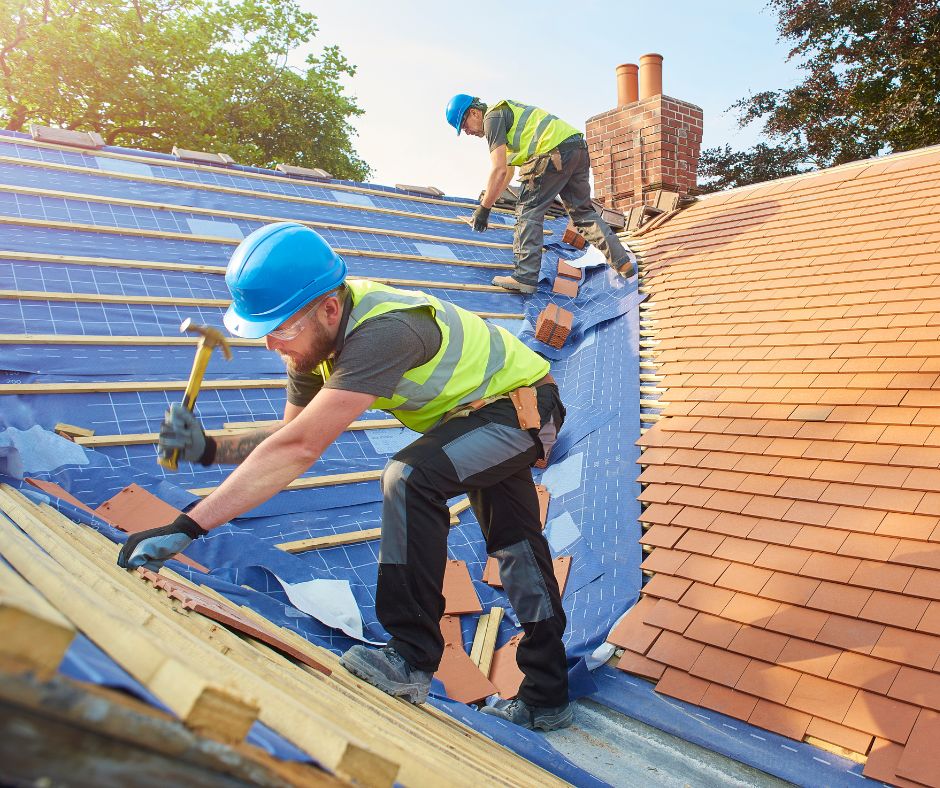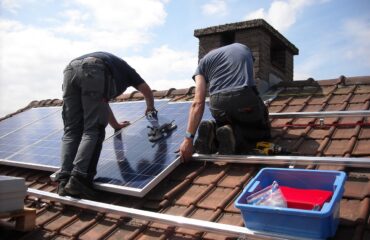Welcome to our comprehensive guide on ice and water shields. We’ve got all the essential information you need to know about these critical protective measures.
Are you wondering how ice and water shields work or what benefits they offer? As Austin roofing contractors, we’ve got you covered untill the last little detail.
We’ll also walk you through the installation process and provide tips for maintenance and care. Stay tuned to learn everything you need to know about ice and water shields.
Let’s get started!
What Are Ice and Water Shields
Ice and water shields are essential to a roofing system, providing superior protection against leaks caused by ice dams and water infiltration.
There are various types of ice and water shields available in the market. The most common ones are self-adhering membranes made of rubberized asphalt or bitumen.
These membranes are designed to adhere directly to the roof deck, creating a watertight barrier.
Some ice and water shields also have a slip-resistant surface to prevent accidents during installation.
However, ice and water shields can encounter certain issues despite their effectiveness. One common problem is improper installation, which can lead to gaps or wrinkles in the membrane, compromising its effectiveness.
To address this problem, it’s crucial to troubleshoot and ensure correct installation by adhering to the manufacturer’s guidelines.
Another issue is the occurrence of ice dams and water infiltration despite an ice and water shield. This issue may arise from insufficient ventilation or insulation, leading to the formation of ice dams.
In such cases, addressing the underlying ventilation and insulation issues is necessary to prevent future problems.
How Do Ice and Water Shields Work
Let’s investigate their crucial function and properties to understand how ice and water shields work.
Ice and water shields are roofing underlayment materials that provide an extra layer of protection against water intrusion, particularly in areas prone to ice dams and heavy rainfall.
These shields are made of a self-adhering membrane that is applied directly to the roof deck before the installation of the shingles.
The membrane is designed to seal around nails and penetrate the surface, creating a watertight barrier.
The advantages of using ice and water shields include enhanced waterproofing, increased roof longevity, and added protection against leaks.
However, common issues with ice and water shields can arise if the installation is not done correctly, such as improper overlap or failure to seal around protrusions.
Following manufacturer guidelines and consulting a professional is crucial to ensure proper installation and maximum effectiveness.
Benefits of Using Ice and Water Shields
Now, let’s explore the advantages of employing ice and water shields.
Here are three significant benefits:
1. Long-Term Effectiveness: Ice and water shields provide exceptional protection against water infiltration. Their self-adhesive design guarantees a watertight seal, preventing water seepage into the roof deck and potential damage. This long-term effectiveness means peace of mind for homeowners, knowing their roofs are well-protected against leaks and water-related issues.
2. Cost Comparison: When comparing ice and water shields to other roofing materials, they may appear slightly more expensive upfront. However, the cost becomes justifiable when considering their long-lasting durability and superior protection. Ice and water shields minimize the risk of expensive repairs, offering a cost-effective solution to prevent water damage in the long term.
3. Versatility: Ice and water shields can be installed on various roof types and slopes, offering versatility in their application. They can be used on residential and commercial buildings, providing a reliable solution for roofing projects.
Installation Process of Ice and Water Shields
First, let’s outline the step-by-step process for installing ice and water shields on your roof. Ice and water shield benefits include providing additional protection against leaks and preventing water damage.
However, it is crucial to avoid common installation mistakes to ensure optimal performance. To begin the installation process, ensure the roof deck is clean and free of debris.
Next, roll out the ice and water shield material along the eaves, starting from the bottom and working your way up. Make sure to overlap the material by at least 3 inches to ensure a tight seal.
As you progress up the roof, install each row of the ice and water shield, ensuring a minimum overlap of 6 inches for effective water protection.
Pay special attention to valleys, chimneys, and skylights, as these are prone to leaks.
Maintenance and Care for Ice and Water Shields
Maintaining and caring for ice and water shields is essential to ensuring their long-term effectiveness.
To enhance longevity and prevent issues, follow these three crucial maintenance tips:
1. Regular inspections: Inspect the ice and water shields at least once a year to check for any signs of damage or wear. Look for tears, cracks, or areas where the adhesive may have deteriorated. Repair or replace damaged sections promptly to uphold the shield’s integrity.
2. Clear debris: Keep the roof and gutters clear of leaves, branches, and other debris that can accumulate and hinder the ice and water shield performance. This will help prevent water backup and potential leaks.
3. Address common issues: Be aware of problems with ice and water shields, such as ice damming or shingle blow-offs. Take proactive measures to address these problems promptly, such as improving insulation and ventilation or reinforcing shingles.





